Quantum Dots
Quantum dot is an important low dimensional semiconductor material, and its size in three dimensions is no more than twice the exciton Bohr radius of its corresponding semiconductor material. Quantum dots are generally spherical or quasi spherical, and their diameter is often between 2-20 nm. Common quantum dots are composed of IV, II-VI, IV-VI or III-V elements. Specific examples include silicon quantum dots, germanium quantum dots, cadmium sulfide quantum dots, cadmium selenide quantum dots, cadmium telluride quantum dots, zinc selenide quantum dots, lead sulfide quantum dots, lead selenide quantum dots, indium phosphide quantum dots and indium arsenide quantum dots.
Application of Aladdin quantum dots in life science:
The quantum dots we provide are widely used in life science. Many modern light-emitting materials and devices are composed of semiconductor quantum structures. The size of quantum dots formed by materials is close to that of dye molecules commonly used in the past. Therefore, like fluorescent dyes, they are of great use in biomedical research. In terms of the difference of luminescent markers in biological systems, quantum dots have significant size effect due to the wonderful rules of quantum mechanics. Basically, the light higher than the specific domain value can be absorbed, while an organic dye molecule can rise from the ground state to the higher excited state only after absorbing photons with appropriate energy, and the light used must be accurate wavelength or color, This is obviously different from semiconductor bulk materials, and quantum dots absorb all photons higher than their band gap energy, but the emitted light wavelength (i.e. color) is very size dependent. Therefore, a single kind of nano semiconductor materials can produce a family of markers with different luminous wavelengths and distinct colors according to the size change, which can not be realized by dye molecules.
Compared with traditional dye molecules, quantum dots do have many advantages. Inorganic microcrystals can withstand multiple excitations and light emission, while organic molecules will decompose. Lasting stability allows researchers to observe cells and tissues for a longer time and make interface modification and connection without difficulty. The biggest advantage of quantum dots is that they have rich colors. The complexity of biological systems often requires the observation of several components at the same time. If dye molecules are used for dyeing, different wavelengths of light are required to excite, while quantum dots do not have this problem. Nanocrystals of different sizes (and then different colors) are used to label different biological components. Using a single light source can enable different particles to be monitored in real time. Aladdin's quantum dots have been widely used in biochemistry, molecular biology, cell biology, genomics, proteomics, drug screening, biological macromolecular interaction and so on.
-
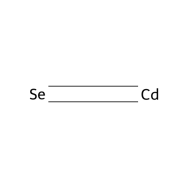
-
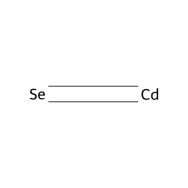
-
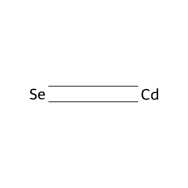
-

-

-
 Cadmium selenide quantum dot (CdSe core) kit
Cadmium selenide quantum dot (CdSe core) kitStarting at CN¥4,016.90
-
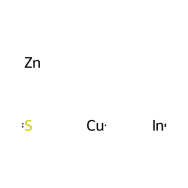
-
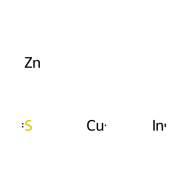
-
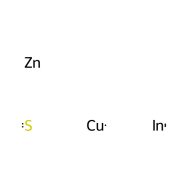
 Home
Home
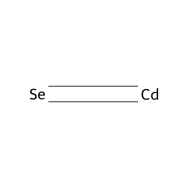
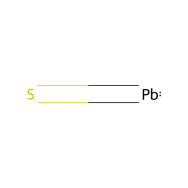
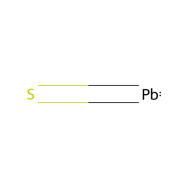
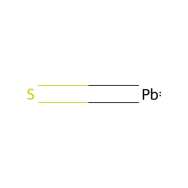
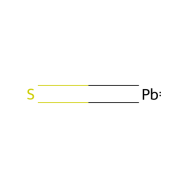
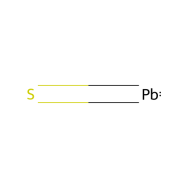


 Hazardous Chemicals Business License (with storage)
Hazardous Chemicals Business License (with storage)